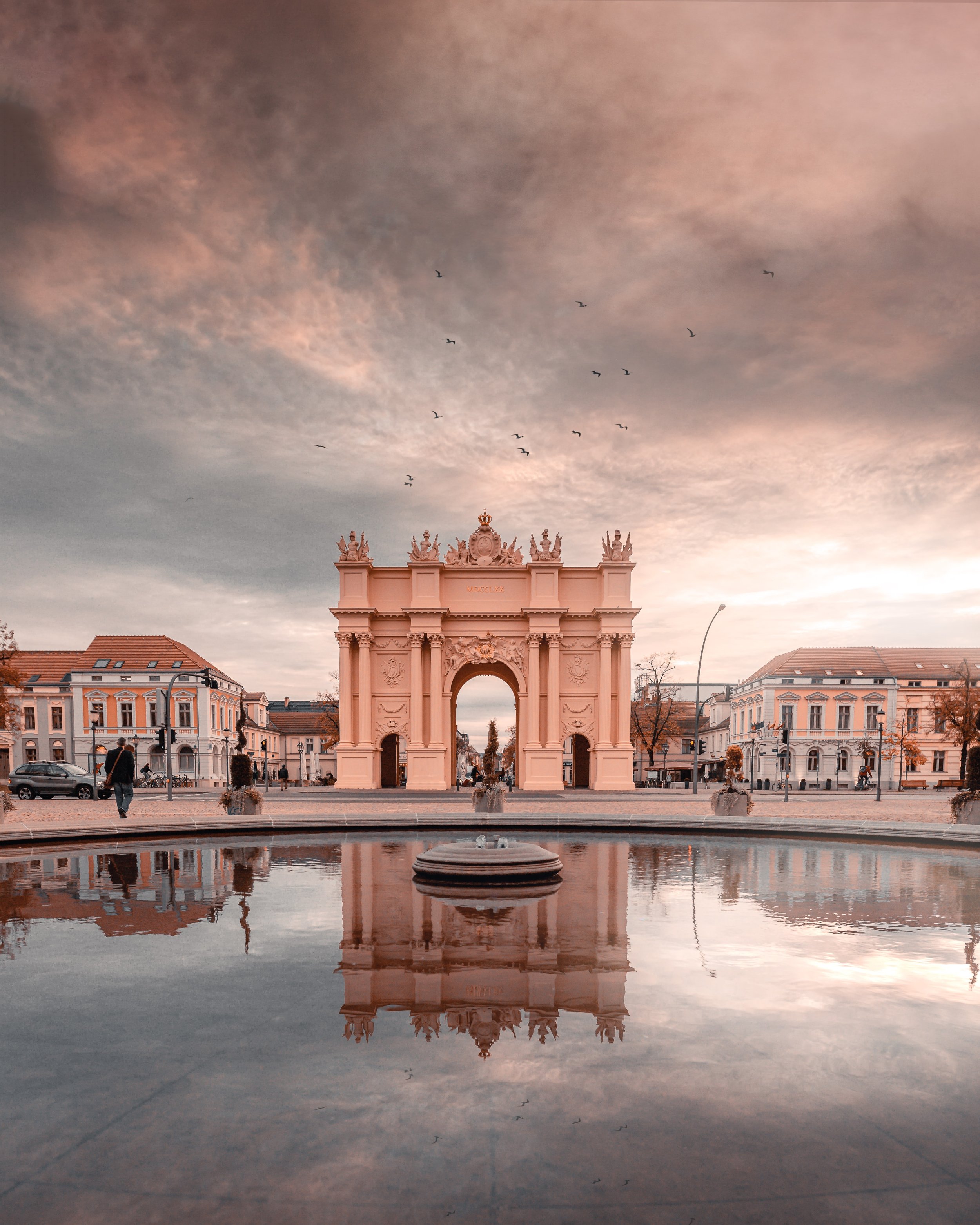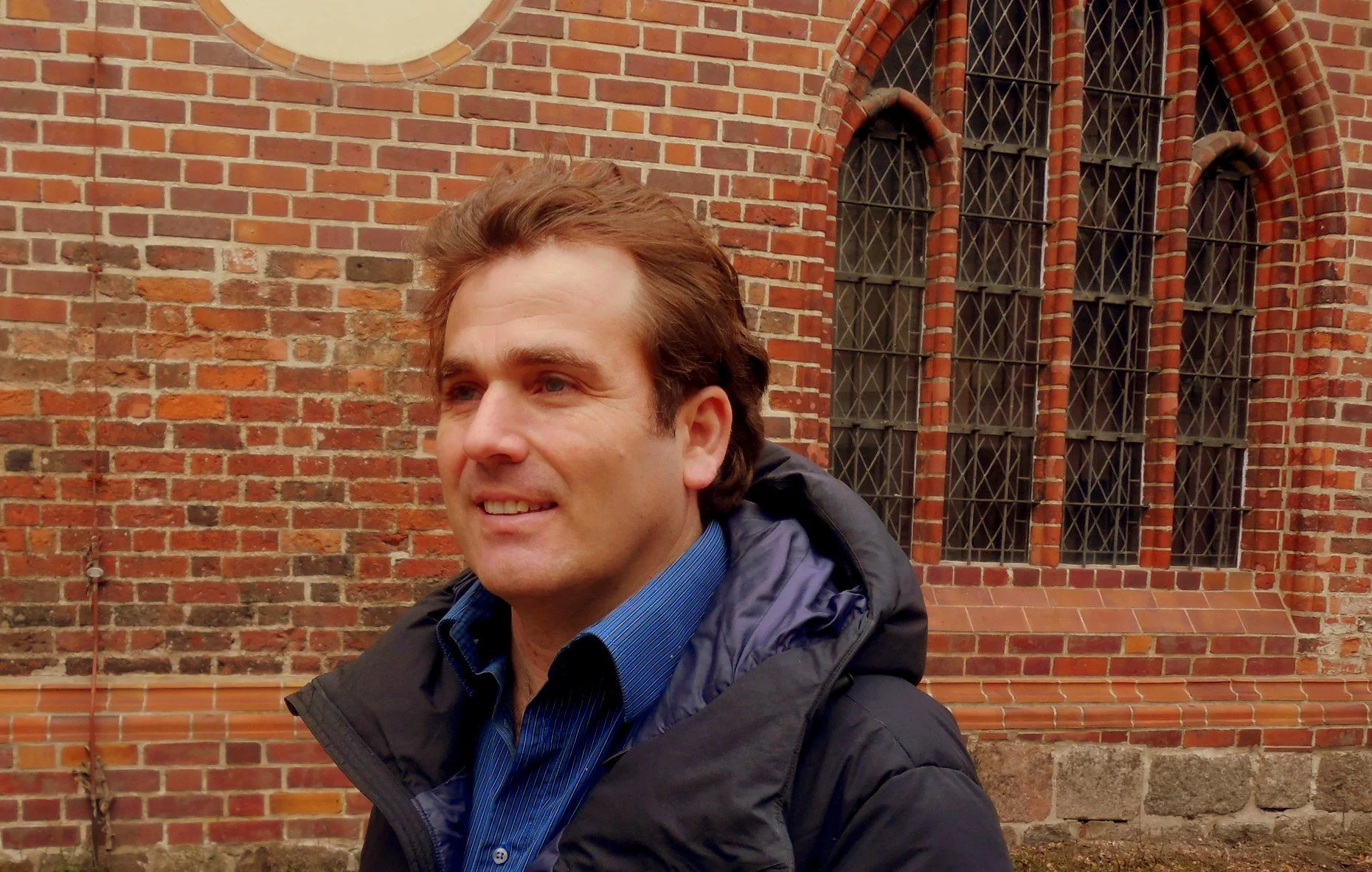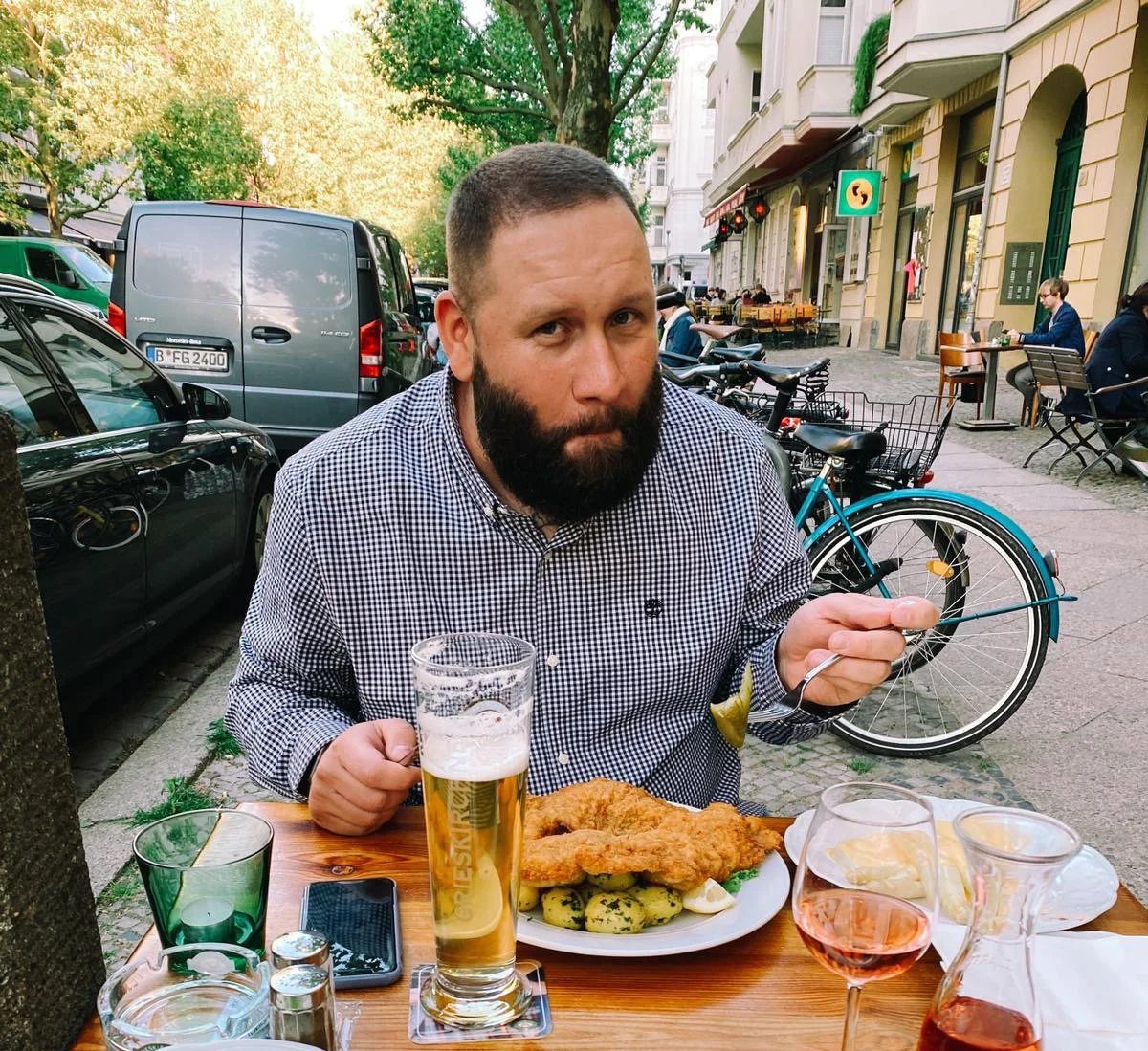
Potsdam
No visit to Berlin is complete without visiting Potsdam.
Potsdam is located just a few kilometers outside of Berlin city limits and accessible from Berlin via the S-Bahn. One of Potsdam’s claims to fame is the fact that it was the location of summer palaces of the royal family of Prussia, the Hohenzollern dynasty, for ten generations, from the 17th century all the way to the end of WWI. Nearly every generation commissioned beautiful palaces, churches and gardens, making the city of Potsdam absolutely dense with UNESCO world heritage sites.
Furthermore, the final negotiations between the allies regarding the fate of Berlin, Germany, and much of Europe would also take place in Cecilienhof Palace after Germany’s unconditional surrender during WWII, changing the course of history as we know it.
Tour Highlights
-
The last palace built by the Hohenzollern’s, this English-style palace became the site of the Potsdam Conference, which was held for 17 days after World War II ended in Europe.
-
Built in the late 1700s under the reign of Friedrich William II, this modest but beautiful palace was used as a military museum under the East German regime and has been recently restored.
-
Located on the northern edge of the city near the Cecilienhof Palace in the Nauener Vorstadt, a former religious building was converted by the Soviets into a KGB prison. The entire area was strictly off-limits for the locals, and only the most high ranking Soviet officials were allowed access to it. Locals would refer to this as “The forbidden town.
-
A Russian colony north of the city center built in the 1820s on the order of Friedrich William III. It originally housed a group of Russian choir members who Tsar Alexander I of Russia ordered to stay in Prussia after the Napoleonic Wars; some of whose descendants still live in the same houses.
-
A beautifully-restored part of the city center, the Dutch Quarter was designed by a Dutch architect to attract people from the Netherlands to settle in Potsdam at the beginning of the 1700s. After very few people came, it would end up housing local craftsmen, artists, families and soldiers of the Prussian army.
-
Potsdam’s own version of Berlin’s famous symbol was built as a triumphal arch after Frederick the Great’s victory in the Seven Years’ War (1756-1763). It is actually older than the Brandenburg Gate in Berlin (1791).
-
Located at the eastern edge of the Sanssouci Gardens, this church was built under the reign of Frederick Wilhelm IV in a Neo-classical style to emulate rural churches around Venice. It houses an impressive 11th-13th century Venetian mosaic.
-
The highlight of Potsdam and Frederick the Great’s Rococo masterpiece, the Sanssouci Palace is a stunning one-story palace situated atop a series of six terraces. Frederick the Great is buried beside the palace, along with his beloved greyhound dogs.
-
Designed in the French Baroque style, the park is home to greenhouses, fountains, temples, and obelisks, as well as a Chinese Tea House. It is situated along a 2.5km (1.5 mile) pedestrian avenue, with the New Palace at the far end.
AVAILABLE GUIDES:
































